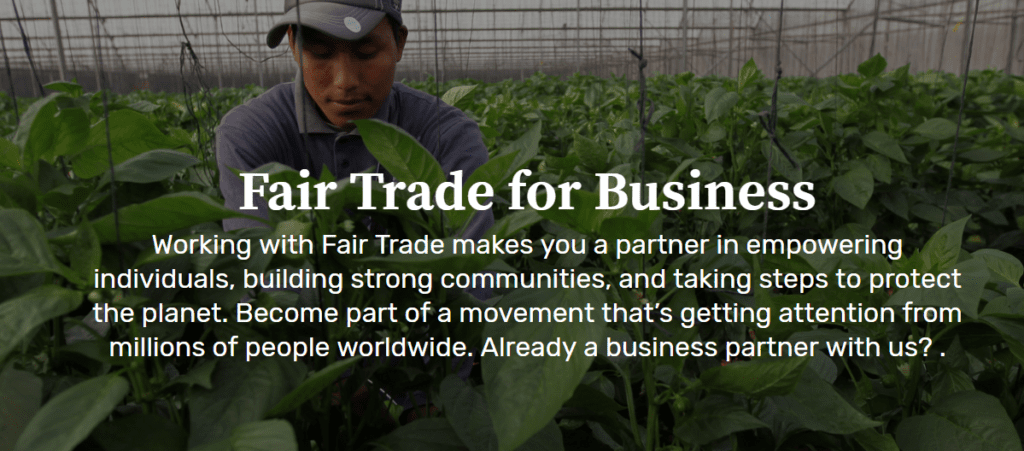
From the Coffee Cup to the Mattress
For the past 20 years or more, public awareness of Fair Trade and related issues has been increasing. News stories about working conditions where celebrity brands of apparel are made have made the front pages and covers of newspapers and magazines, featured items on TV, and top-trending lists online, joining descriptive accounts of agricultural areas in developing countries where tropical foods are grown.
What Makes Fair Trade Fair?
Fair Trade means prices for goods that are fair because they benefit the original producers fairly. Concern for fair trade comes from seeing big companies in rich countries profiting greatly from imported products, while the people producing them remain in poverty. As Europeans and North Americans became aware of conditions on farms and plantations in Third World countries, some of them sought for ways to get more of what they paid for these products to those who planted, picked, packed and processed them.
This is one of many social conscience movements of our time. A key milestone in this movement was the publication of John Steinbeck’s Grapes of Wrath early in the 20th Century, which focused on the plight of displaced farm workers in the western states of the United States.
When Did “Fair Trade” Certification Begin?
The move to actually certify products as Fair Trade began in The Netherlands in the 1980’s. A Dutch development organization, Solidaridad, wanted to improve the incomes and working conditions of coffee producers in Central America, beginning with family-owned coffee bean farms in Mexico (as to the name, this coincided with the Solidarity movement supporting workers in Poland, then part of the Soviet Block). They sought to have coffee take the shortest route (fewest middlemen) from Mexico to Holland.
Label
The Max Hevelaar Institute in Holland delivered its first bag of Mexican coffee in 1988. Similar groups arose throughout Western Europe and North America. News articles and op-ed pieces reported on and promoted looking for and buying “fair trade coffee.”
From coffee, the concept of Fair Trade first spread to cocoa, bananas and other tropical foods, then to apparel and materials used in it, such as cotton, wool, silk and linen. The emphasis then and now has been educating the public, making them aware of the conditions under which their food and fabric are produced.
Organization
With several distributors and retailers claiming fair trade status for their products, conscientious consumers wanted to know how true the claims were. The Max Hevelaar seal became the Fair Trade seal, which had different forms in different countries. Separate national fair trade groups established the Fairtrade Labeling Organizations International (FLO) in 1997, which became Fairtrade International. It now also includes organizations of producers.
The International Fair Trade Certification Mark was first issued in 2002. Some national organizations, such as Fair Trade USA, have their own marks.
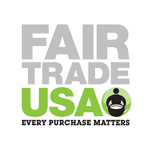
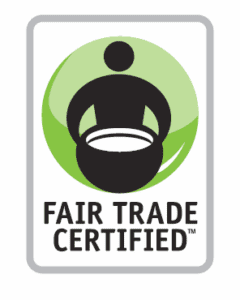
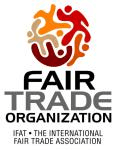
Later, Fairtrade International divided the setting of standards from the verification and management of certification with two organizations, Fairtrade International and FLOCERT.
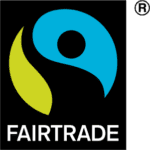

Fair Trade Standards
Though the lists are not exactly the same, Fair Trade USA and Fairtrade International agree on standards. The FLO list has standards for several categories: Standards for small producer organizations, Standards for hired labour, Standard for contract production, Trader Standard, Climate Standard, Textile Standard.
The materials covered by these standards that affect memory foam mattresses are cotton, linen, hemp, wool, cashmere, silk and coir. These are used for covers, quilting, batting, fire socks, insulators, and other fiber components.
Fair trade standards were originally monetary, pertaining to the percentage of the end price (paid by consumers) that reached the other end of the supply chain, the original producers. Over time, this broadened to include working conditions, social/community conditions, and accessibility of education. Now it also includes sustainability, environmental responsibility, and climate.
How Well Does It Work?
 The impact of the Fair Trade movement has primarily been in influencing public opinion. It has raised the awareness of consumers in general to the impact of a purchase at the point of origin. The real question concerns how much this has impacted actual buying choices. To some extent it has, since more marketers are claiming that their products reflect socially and environmentally responsible choices while benefiting farmers and workers across the globe. This is seen in food stores, but now even more so in fashion apparel. For instance, Sleep & Beyond, founded and owned in the USA by siblings from Kyrgyzstan, claims to support fair trade, getting materials from “fair trade factories” in Central Asia.
The impact of the Fair Trade movement has primarily been in influencing public opinion. It has raised the awareness of consumers in general to the impact of a purchase at the point of origin. The real question concerns how much this has impacted actual buying choices. To some extent it has, since more marketers are claiming that their products reflect socially and environmentally responsible choices while benefiting farmers and workers across the globe. This is seen in food stores, but now even more so in fashion apparel. For instance, Sleep & Beyond, founded and owned in the USA by siblings from Kyrgyzstan, claims to support fair trade, getting materials from “fair trade factories” in Central Asia.
So far, except for coffee, cocoa and a few other food items, products bearing Fairtrade Foundation or Fair Trade USA certification marks compose mostly a niche market. The reason for this is higher prices, especially for food items. Greater awareness of the mark would increase if it were applied to a wider variety of materials, such as latex.
Evaluation
It is natural to expect that paying more to distant farmers would raise the market price of their products, especially perishable produce. But another reason is the fees producer organizations have to pay to be certified. The fees are to cover the costs of inspections and audits, which are necessary for reliable third party certifications.
The author did not say this, but the costs of auditing and inspecting are higher when more criteria are covered. This is a result of expanding the standards. As well-meaning as goals for producer communities, the environment, and sustainability may be, leaving those certifications to organizations concerned with those areas and focusing more tightly on pay and working conditions could reduce the cost of certification enough to make consumers more willing to choose to pay a little more to make the responsible choice.

